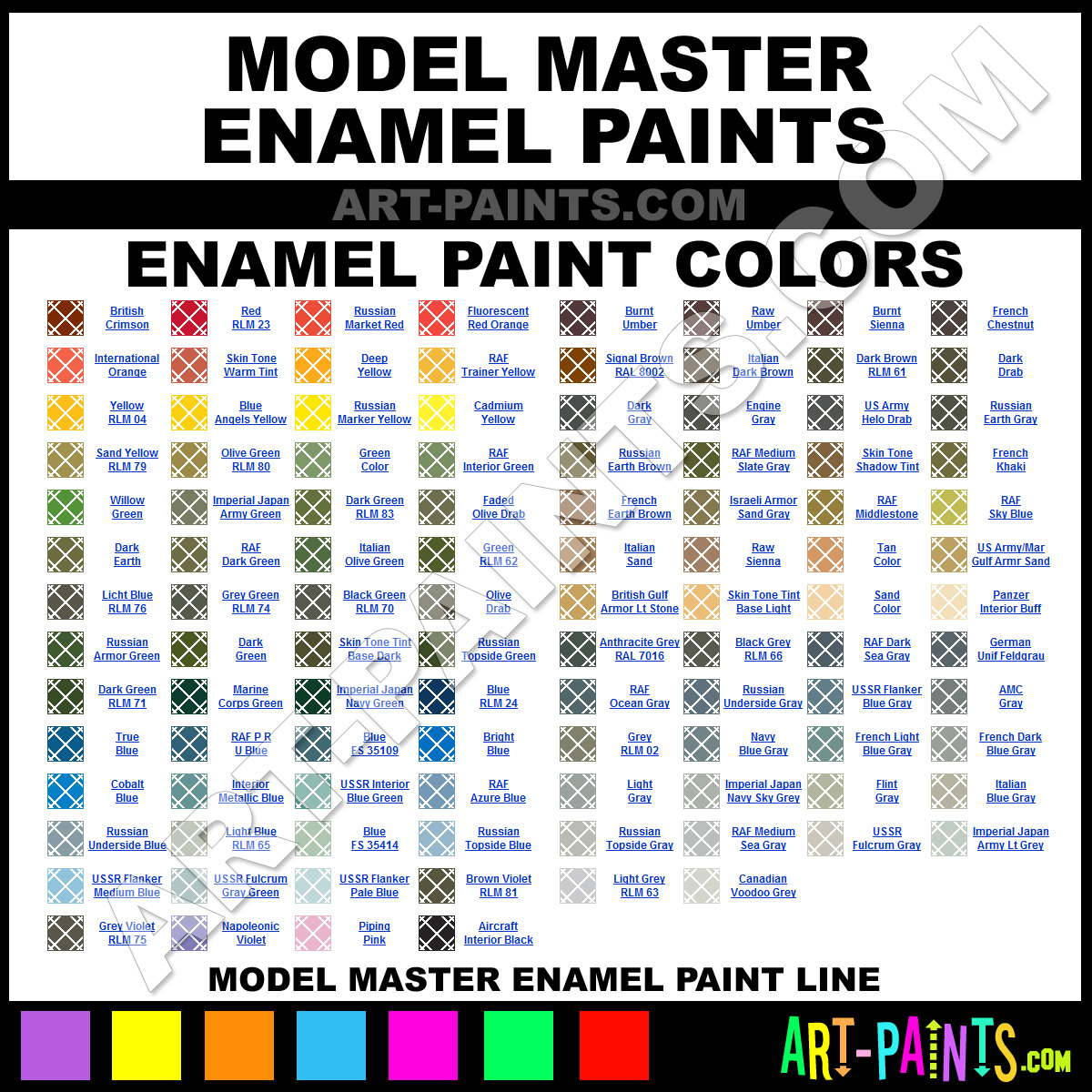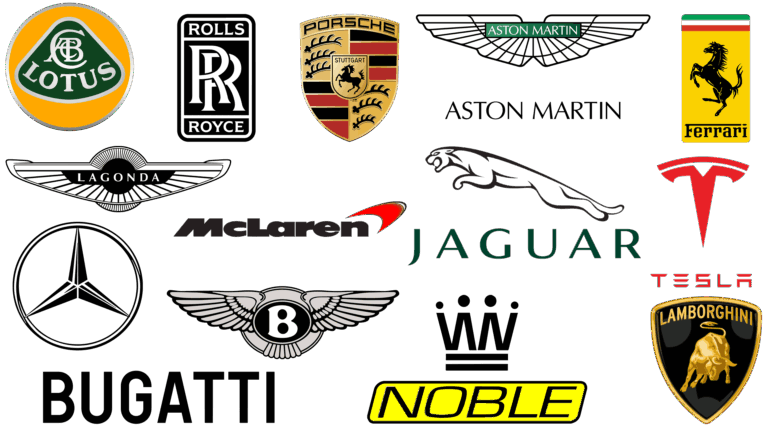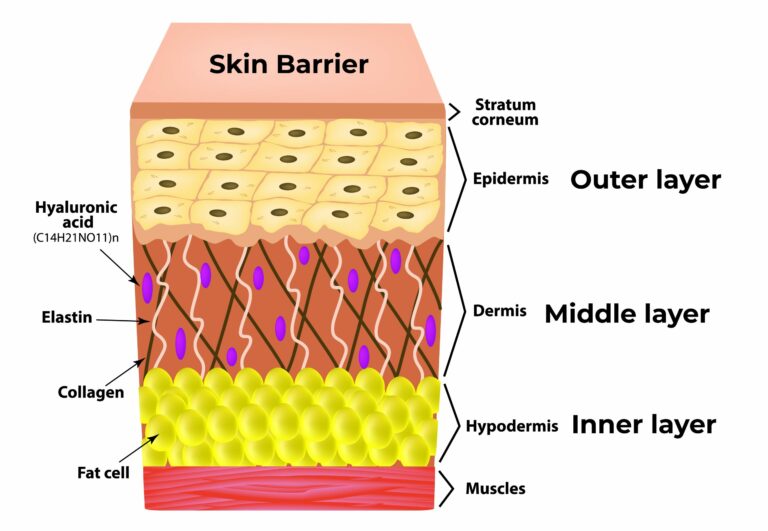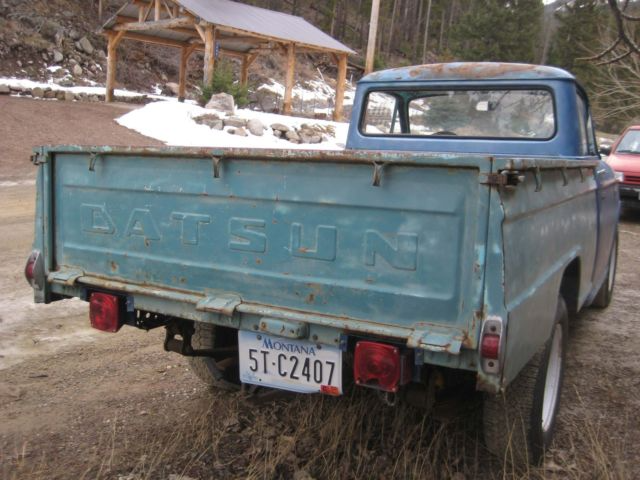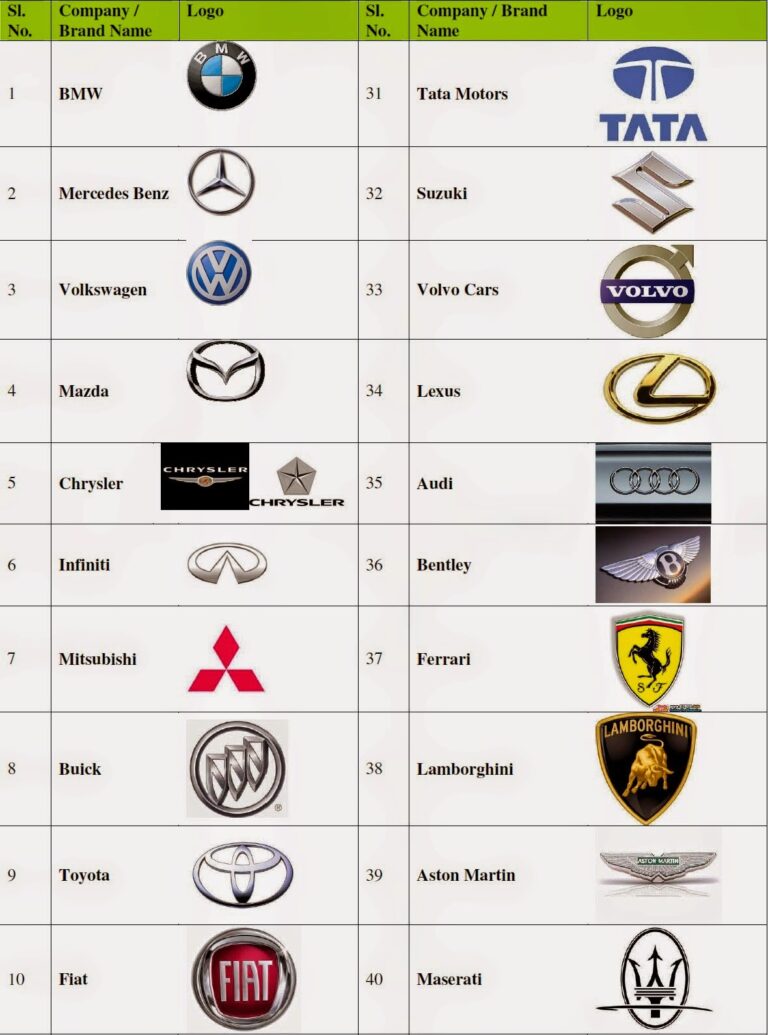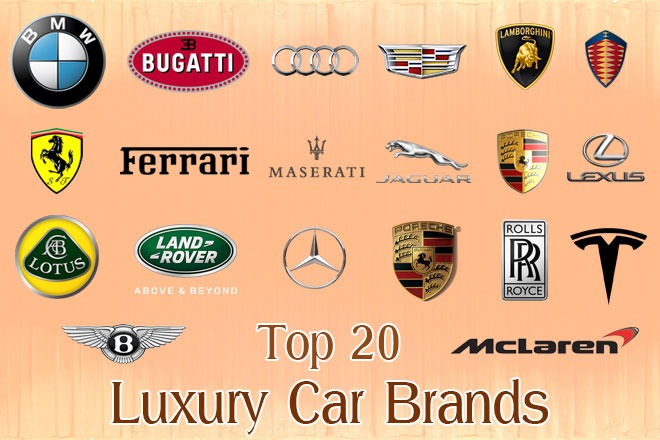Car Paint Brands: A Comprehensive Guide to Choosing the Right Finish
Car Paint Brands: A Comprehensive Guide to Choosing the Right Finish cars.truckstrend.com
The vibrant sheen of a perfectly painted car is more than just an aesthetic luxury; it’s a critical layer of protection against the elements, a testament to craftsmanship, and a significant factor in a vehicle’s long-term value. Behind every flawless finish lies the meticulous work of various car paint brands, each offering unique formulations, technologies, and color palettes. Understanding these brands and their offerings is paramount, whether you’re a professional autobody technician, a DIY enthusiast, or simply a car owner looking to maintain your vehicle’s pristine appearance.
This comprehensive guide will delve into the world of car paint brands, exploring their importance, the different types of paints, key considerations for selection, and a detailed look at the leading manufacturers shaping the automotive finish industry.
Car Paint Brands: A Comprehensive Guide to Choosing the Right Finish
The Undeniable Importance of Car Paint Brands
Car paint is far more than just a splash of color. It’s a multi-layered system designed to protect the vehicle’s metal body from corrosion, UV radiation, scratches, and chemical exposure. A high-quality paint job, utilizing reputable brands, offers several critical benefits:
- Durability and Protection: Premium paints provide superior resistance to chipping, fading, and environmental damage, extending the life of the vehicle’s bodywork.
- Aesthetics and Resale Value: A well-maintained, vibrant paint finish significantly enhances a car’s visual appeal, contributing to a higher resale value and a strong first impression.
- Color Accuracy and Consistency: Leading brands invest heavily in research and development to ensure precise color matching and consistent quality across batches, crucial for seamless repairs.
- Ease of Application and Finish Quality: Professional-grade paints from top brands are formulated for optimal flow, leveling, and gloss, making them easier to apply correctly and resulting in a superior, long-lasting finish.
- Technological Advancement: Brands continually innovate, developing eco-friendlier formulations (like waterborne paints), improved scratch resistance, and advanced clear coats with self-healing properties or enhanced UV protection.
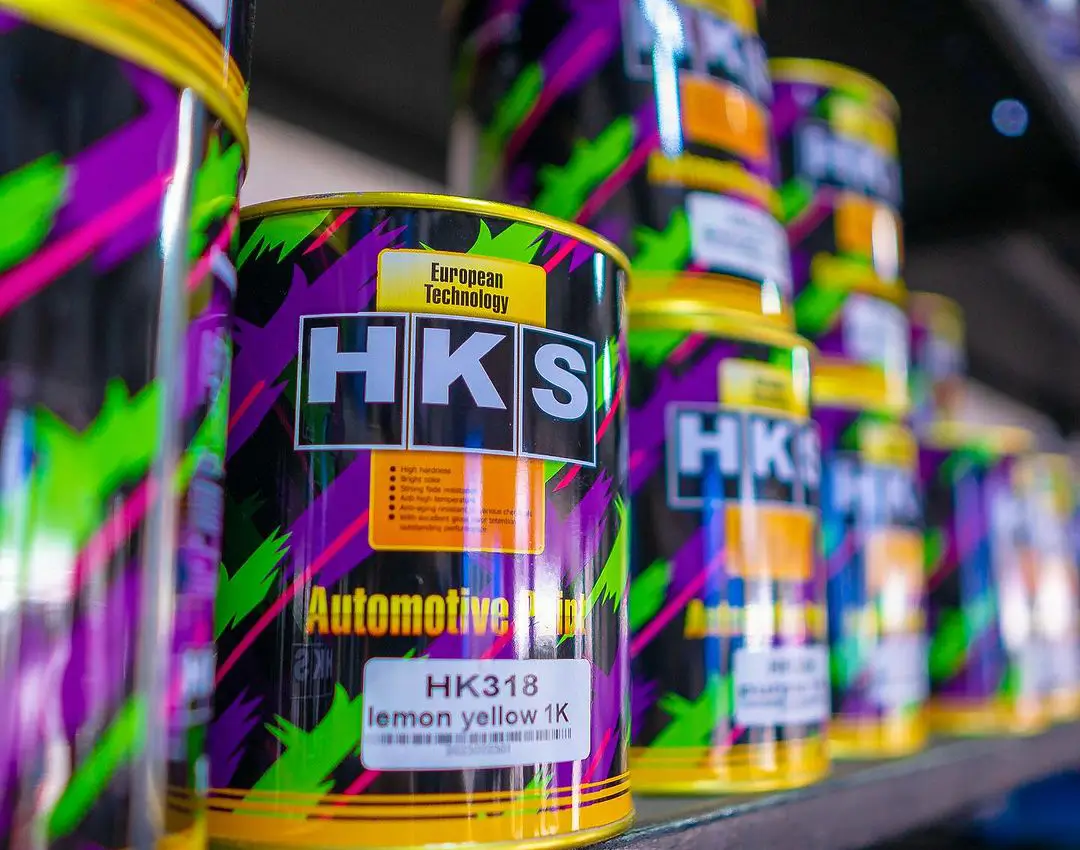
Choosing a reputable car paint brand isn’t just about selecting a color; it’s about investing in the longevity, appearance, and value of your vehicle.
Decoding Car Paint Systems: Layers and Chemistry
Before diving into specific brands, it’s essential to understand the fundamental components of a modern car paint system and the different chemical compositions available.
The Multi-Layered System
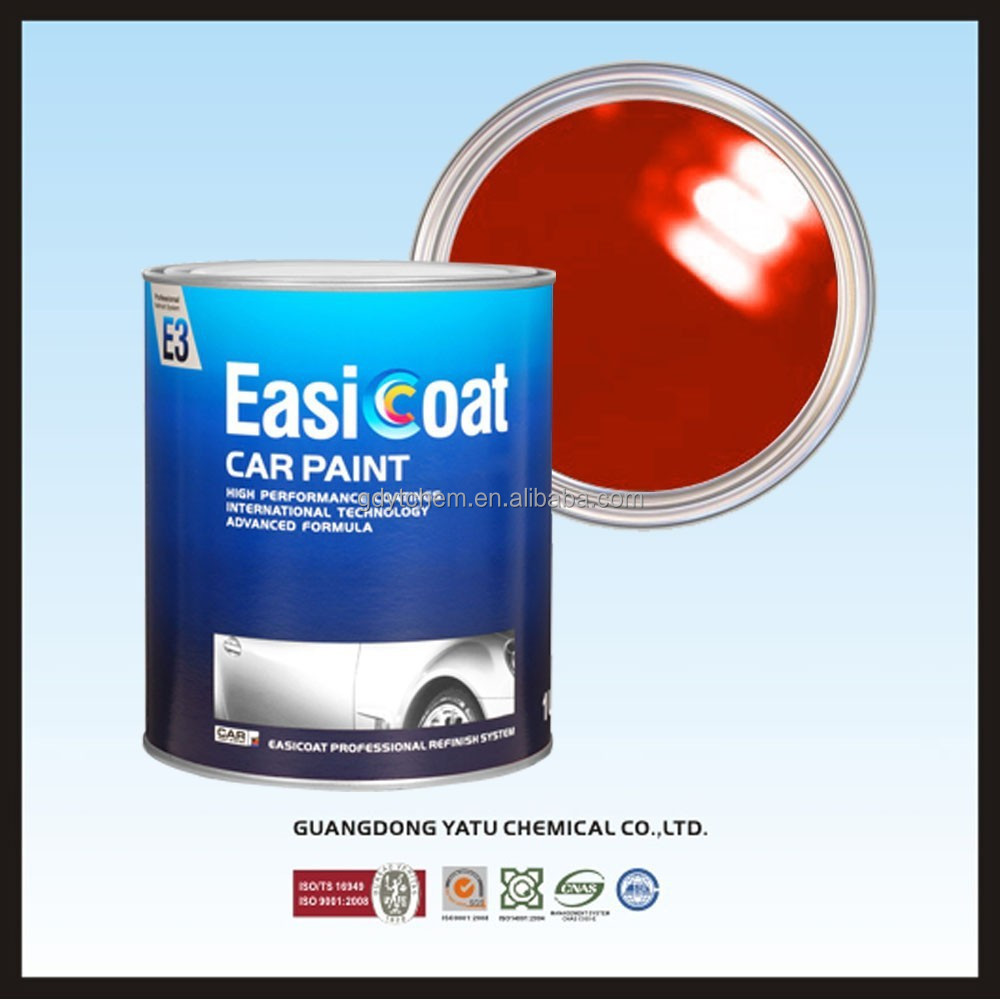
A typical automotive paint job consists of several distinct layers, each serving a specific purpose:
- Primer: Applied directly to the bare metal or old paint, primer provides adhesion for subsequent layers, offers corrosion resistance, and creates a uniform surface for the basecoat. There are various types, including epoxy primers (excellent corrosion resistance) and urethane primers (good fill and sandability).
- Basecoat: This layer contains the color pigments and, for metallic or pearl finishes, the reflective flakes. It’s applied thinly to achieve the desired color and effect but offers little protection on its own.
- Clearcoat: The outermost layer, clearcoat is a transparent, durable protective coating. It provides gloss, UV protection, scratch resistance, and chemical resistance, protecting the basecoat underneath.

Types of Paint Chemistry
The chemical composition of the paint significantly impacts its characteristics, application, and durability:
- Acrylic Lacquer: Once popular for its ease of application and high gloss, lacquer is now rarely used in OEM or professional repair shops due to its relatively low durability, susceptibility to chipping, and high VOC (Volatile Organic Compound) content.
- Acrylic Enamel: A step up from lacquer, enamel offers better durability and chemical resistance. It cures by solvent evaporation and chemical cross-linking. While still used for some industrial applications, it’s less common for modern automotive finishes compared to urethane.
- Urethane: The dominant choice for modern automotive finishes, urethane paints are two-part systems (paint + hardener/catalyst) that cure through a chemical reaction. They offer excellent durability, flexibility, chemical resistance, UV stability, and a high-gloss finish. Most modern basecoats and clearcoats are urethane-based.
- Waterborne: Developed in response to stricter environmental regulations concerning VOC emissions, waterborne paints use water as their primary solvent instead of traditional organic solvents. They offer comparable performance to solvent-borne urethanes, excellent color match, and significantly reduced environmental impact. Many OEM and leading aftermarket paint brands now offer extensive waterborne product lines.
Key Considerations When Choosing a Car Paint Brand
Selecting the right car paint brand and system involves several crucial factors that can impact the outcome, durability, and cost of your project.
- Vehicle Type and Age: Older vehicles might have original paint types (e.g., lacquer) that require specific preparation or compatible modern systems. Newer vehicles often use advanced OEM finishes that require precise color matching and specific application techniques.
- Budget: Car paint ranges from affordable DIY kits to premium professional-grade systems. While saving money upfront might be tempting, cheaper paints often compromise on durability, finish quality, and longevity, leading to higher costs down the line.
- DIY vs. Professional Application: Professional paint systems often require specialized equipment (e.g., spray booths, high-volume, low-pressure guns), training, and safety precautions. DIY-friendly brands might offer easier application but may not achieve the same level of factory-like finish or durability.
- Environmental Regulations (VOCs): Different regions and countries have varying regulations on VOC emissions from paints. Waterborne paints are becoming increasingly popular due to their low VOC content, making them a preferred choice for environmentally conscious shops and areas with strict regulations.
- Color Matching: For repairs, precise color matching is critical. Reputable brands offer extensive color libraries, sophisticated color-matching software (spectrophotometers), and tinting systems to achieve an invisible repair.
- Durability Requirements: Consider how the vehicle will be used. A show car might prioritize gloss and depth, while an off-road vehicle needs maximum chip and scratch resistance. Premium clearcoats offer enhanced durability features.
- System Compatibility: It’s generally recommended to stick with products from the same brand or within the same paint system (e.g., primer, basecoat, clearcoat from the same manufacturer). This ensures chemical compatibility and optimal performance.
Leading Car Paint Brands: Innovators in Automotive Finishes
The global car paint market is dominated by a few major players known for their extensive research, innovative products, and widespread distribution.
-
Axalta Coating Systems (formerly DuPont Performance Coatings):
- Overview: A global leader in liquid and powder coatings, Axalta boasts a rich history in automotive finishes. They are a major supplier to OEM manufacturers and the aftermarket.
- Key Brands/Product Lines: Standox, Spies Hecker, Cromax (formerly DuPont Refinish).
- Strengths: Known for exceptional color accuracy, high-quality clearcoats, excellent durability, and strong global technical support. They offer comprehensive solvent-borne and waterborne systems.
- Market Position: One of the top two or three global players in automotive refinish.
-
PPG Industries:
- Overview: A global giant in coatings, PPG has a significant presence in automotive OEM and refinish markets. They are known for their innovation and broad product portfolio.
- Key Brands/Product Lines: Deltron, Envirobase High Performance (waterborne), Vibrance Collection (custom colors), Nexa Autocolor.
- Strengths: Strong focus on sustainability with leading waterborne technologies, extensive color libraries, and high-performance clearcoats that offer excellent gloss and durability.
- Market Position: Another top-tier global competitor, recognized for technological leadership.
-
AkzoNobel:
- Overview: A Dutch multinational company, AkzoNobel is a major producer of paints and performance coatings worldwide. Their automotive division is a powerhouse in refinish products.
- Key Brands/Product Lines: Sikkens, Lesonal.
- Strengths: Sikkens is particularly renowned for its premium quality, ease of application, superior color matching, and excellent finish. Lesonal offers a more cost-effective but still high-quality option. Both have robust waterborne offerings.
- Market Position: A strong global player, particularly in Europe and Asia, with a reputation for premium products.
-
BASF Coatings:
- Overview: As part of the German chemical giant BASF, BASF Coatings is a leading supplier of automotive coatings for both OEM and refinish sectors.
- Key Brands/Product Lines: Glasurit, R-M.
- Strengths: Glasurit is considered one of the most prestigious and highest-quality automotive refinish brands globally, known for its deep gloss, durability, and perfect color match. R-M offers a more versatile and efficient solution. Both brands are at the forefront of waterborne technology.
- Market Position: Highly respected, especially Glasurit, which is often chosen for high-end vehicle restorations and repairs.
-
Sherwin-Williams Automotive Finishes:
- Overview: A well-known name in paints, Sherwin-Williams also has a substantial automotive finishes division, serving collision repair centers, custom builders, and fleet operations.
- Key Brands/Product Lines: Ultra 7000, Dimension, Genesis, ATX.
- Strengths: Offers a broad range of products catering to various needs and budgets, good color accuracy, and a strong distribution network, particularly in North America. They have both solvent-borne and waterborne options.
- Market Position: A significant player in the North American market, known for accessibility and comprehensive solutions.
-
Kansai Paint:
- Overview: A leading Japanese paint manufacturer with a strong global presence, particularly in Asia. They supply coatings for automotive OEM, refinish, and industrial applications.
- Key Brands/Product Lines: Retan, Neo.
- Strengths: Known for high-quality, durable coatings with excellent color stability and a focus on advanced technologies, including environmentally friendly options.
- Market Position: A dominant force in the Asian market, with growing influence globally.
-
House of Kolor (a Valspar brand, now part of Sherwin-Williams):
- Overview: While part of a larger group, House of Kolor maintains its distinct identity as a premier brand for custom automotive paint.
- Key Brands/Product Lines: Kandy, Shimrin, Pearl, and various specialty effects.
- Strengths: Unparalleled in custom colors, vibrant effects, and deep, rich finishes. Favored by customizers, hot rodders, and show car builders for unique, show-stopping results.
- Market Position: Niche but highly influential in the custom paint segment.
Practical Advice and Actionable Insights
- Consult Professionals: If you’re undertaking a significant repair or full repaint, consult with experienced autobody professionals. They can recommend the best paint system for your vehicle, budget, and desired outcome, and often have preferred brands they trust.
- Prioritize Surface Preparation: No matter how expensive or high-quality the paint, a poor surface preparation will lead to a failed finish. Proper sanding, cleaning, and priming are non-negotiable.
- Understand the Paint System: Don’t mix and match components from different systems unless explicitly stated as compatible. Sticking to a single brand’s primer, basecoat, and clearcoat system ensures chemical compatibility and optimal performance.
- Consider Long-Term Value: While premium paints may have a higher upfront cost, their superior durability, UV resistance, and longevity can save you money on future repairs and maintain your car’s value over time.
- Safety First: Always use appropriate personal protective equipment (respirator, gloves, eye protection) when working with automotive paints, especially solvent-borne types. Ensure adequate ventilation.
- Practice Makes Perfect (for DIY): If you’re new to automotive painting, practice on scrap panels to get a feel for your spray gun, paint flow, and application technique before tackling your vehicle.
Car Paint Brands: Estimated Price Ranges
Prices for car paint can vary significantly based on brand, product line (standard, premium, specialty), color (solid, metallic, pearl, custom), volume, and region. The table below provides estimated price ranges per liter for common paint types from reputable brands. These are illustrative and subject to change.
| Brand (Example) | Product Type | Estimated Price Range (per Liter) | Notes |
|---|---|---|---|
| General | Primer (Urethane/Epoxy) | $20 – $60 | Good adhesion, corrosion resistance. Price varies by solids content and specific properties (e.g., high-build). |
| General | Basecoat (Solid) | $50 – $100 | Basic colors. Price depends on pigment quality and brand. |
| General | Basecoat (Metallic/Pearl) | $80 – $150 | More complex pigments, higher cost. |
| General | Clearcoat (Standard) | $40 – $80 | Good gloss and protection. |
| General | Clearcoat (High Solids/Premium) | $70 – $120+ | Enhanced durability, scratch resistance, higher gloss, faster cure times. Often ceramic-enhanced. |
| Axalta/PPG/AkzoNobel/BASF | Waterborne Basecoat | $100 – $200+ | Premium professional-grade waterborne systems, offering excellent color match and environmental compliance. Often more expensive per liter than solvent but can cover more. |
| House of Kolor | Kandy/Specialty Effects | $150 – $500+ | Highly specialized, multi-stage custom colors and effects. Prices can vary widely based on complexity and rarity. |
Disclaimer: These prices are estimates for professional-grade products and do not include reducers, hardeners, thinners, or other associated materials (e.g., sandpaper, masking tape, safety equipment), which can add significantly to the overall cost. Always consult local suppliers for accurate pricing.
Frequently Asked Questions (FAQ) about Car Paint Brands
Q1: What’s the difference between single-stage, two-stage, and three-stage paint?
- Single-Stage: A paint system where color and clearcoat are combined into one product. It’s applied in a single process, offering simplicity but less durability and depth than two-stage systems.
- Two-Stage: The most common modern system, consisting of a basecoat (color) followed by a separate clearcoat (protection and gloss). Offers excellent durability, depth, and ease of repair.
- Three-Stage: Involves a basecoat, followed by a translucent mid-coat (often a pearl or candy effect), and then a clearcoat. Used for complex, vibrant colors, offering exceptional depth and unique visual effects, but more challenging to apply and match.
Q2: Can I mix different car paint brands (e.g., a PPG basecoat with an Axalta clearcoat)?
While some products might be chemically compatible, it is generally not recommended to mix components from different brands. Paint manufacturers formulate their primers, basecoats, and clearcoats to work synergistically within their own system. Mixing brands can lead to adhesion problems, inconsistent curing, poor gloss, delamination, or other undesirable results. Always stick to a single system for optimal performance and warranty validity.
Q3: How much paint do I need for a full car repaint?
This varies greatly depending on the size of the vehicle, the type of paint system (single-stage, two-stage, three-stage), and the number of coats required.
- Small Car (e.g., Mazda Miata): ~2-3 liters of basecoat, 2-3 liters of clearcoat.
- Mid-Size Sedan (e.g., Honda Accord): ~3-4 liters of basecoat, 3-4 liters of clearcoat.
- Large SUV/Truck: ~4-6+ liters of basecoat, 4-6+ liters of clearcoat.
Remember to account for reducers/hardeners, which are typically mixed at a specific ratio. It’s always better to over-order slightly to avoid running out mid-job.
Q4: What are VOCs, and why do they matter in car paint?
VOCs (Volatile Organic Compounds) are chemicals released into the atmosphere as paint dries. Many VOCs are harmful to human health and contribute to air pollution (e.g., smog). Environmental regulations in many regions now limit the amount of VOCs allowed in automotive paints. This has led to the widespread adoption of waterborne paints, which use water as their primary solvent, significantly reducing VOC emissions compared to traditional solvent-borne paints.
Q5: Is waterborne paint better than solvent-borne paint?
"Better" is subjective and depends on the context.
- Waterborne: Environmentally friendlier (lower VOCs), excellent color matching, easier cleanup with water, and can offer comparable durability and finish quality to solvent-borne. Requires specialized equipment (e.g., faster air movement in spray booth) and different application techniques.
- Solvent-borne: Historically dominant, generally more forgiving for beginners, faster flash times between coats in some cases, and often provides a deeper "wet look." However, they have higher VOC emissions and stronger fumes.
Both types, from reputable brands, can achieve excellent, durable results. The choice often comes down to local regulations, shop preference, and specific product features.
Q6: How long does car paint last?
A high-quality, professionally applied paint job from a reputable brand (utilizing a multi-stage urethane or waterborne system with a good clearcoat) can last 10-15 years or even longer with proper care and maintenance. Factors affecting longevity include exposure to UV rays, environmental pollutants, harsh chemicals, physical damage, and the quality of the initial application.
Q7: What’s the most durable car paint?
For overall durability in modern automotive finishes, urethane-based paints with high-solids clearcoats (especially those with ceramic or scratch-resistant additives) are considered the most robust. They offer superior resistance to chipping, fading, chemical etching, and UV damage compared to older lacquer or enamel systems. Waterborne systems utilizing advanced urethane clearcoats also offer excellent durability.
Conclusion
The world of car paint brands is a complex yet fascinating one, representing the cutting edge of coating technology and aesthetic design. From the foundational layers of primer to the brilliant topcoat that catches the light, each component plays a vital role in protecting and beautifying a vehicle.
Choosing the right car paint brand and system is a critical decision, influencing not only the immediate appearance but also the long-term durability, maintenance, and resale value of your automotive investment. By understanding the different types of paints, the key considerations for selection, and the strengths of the leading brands like Axalta, PPG, AkzoNobel, and BASF, you empower yourself to make informed choices. Whether you’re entrusting your vehicle to a professional or embarking on a DIY project, prioritizing quality and compatibility from a reputable brand will ensure a stunning, lasting finish that stands the test of time and the open road.
